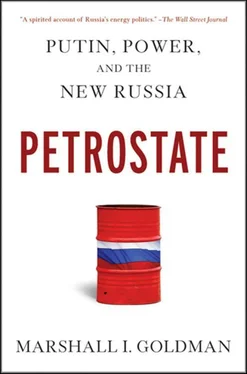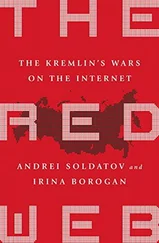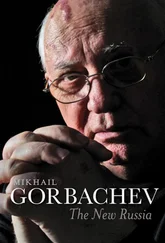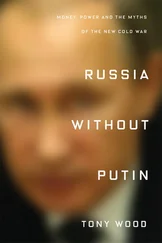As Russia’s customers have awakened to how vulnerable they have become to future cuts in their energy supplies, there are signs that this overdependence on Russian gas is already forcing at least some in Europe to have second thoughts about standing up to Russia. Nor are the European consumers the only ones who find themselves very much at the mercy of Gazprom. So far Gazprom also determines the fate of three other large exporters of natural gas. To their dismay, if they want to sell natural gas to Europe, Central Asian gas producers such as Turkmenistan, Kazakhstan, and Uzbekistan have no alternative but to ship it through the Gazprom pipeline. This is a legacy of the Soviet era when it was only logical to consolidate shipments of gas produced within the republics of the Soviet Union through one unified system. After all, what did it matter if the gas to be exported came from Uzbekistan and transited through Russia? They were both parts of the Soviet Union. But when the Soviet Union disintegrated in 1991, Gazprom assumed ownership of the bulk of that pipeline, and the newly independent countries in Central Asia, which were previously republics of the USSR, had no other outlet of their own to the West. As a result, this post-1991 monopoly control of the natural gas pipeline allows Gazprom to hold down the price it pays to the Central Asian producers for their gas. In 2006, for example, Gazprom paid less than $50 per 1,000 cubic meters while selling this same gas to the Europeans at prices averaging $230 per 1,000 cubic meters.
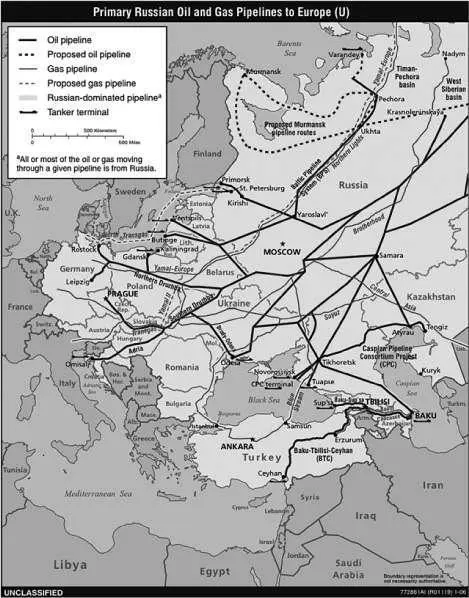
FIGURE 2 Primary Russian Oil and Gas Pipelines to Europe (U). Source: EIA.
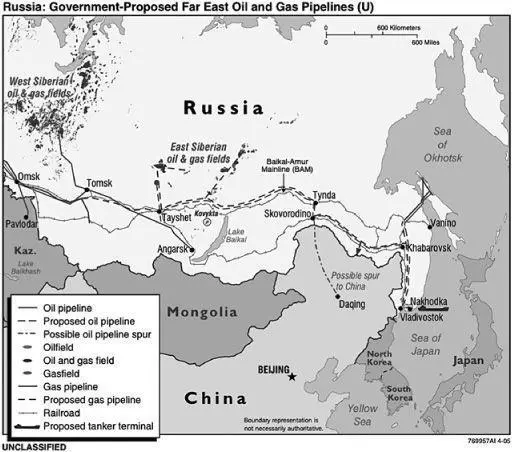
FIGURE 3 Russia: Government Proposed Far-East Oil and Gas Pipelines (U). Source: EIA
Working with energy and government officials in Central Asia, some European countries and the United States have sought to break that monopoly by lining up support for a bypass natural gas pipeline that would be built under the Caspian Sea and link Central Asia to Azerbaijan. There it would parallel an oil pipeline that goes then to Georgia and Turkey. To be called NABUCCO, this pipeline would then run through Bulgaria, Romania, Hungary, and on eventually to Western Europe.
To prevent any such dilution of their pipeline monopoly, Putin and the Russians have homed in on Hungary and worked to convince it to back the Russian alternatives. To draw them away from NABUCCO, the Russians proposed that if they supported the Russian alternative version, Hungary would become the Central European hub for redistribution of natural gas to the rest of Europe. By contrast, in the NABUCCO version that excludes Russian natural gas, Austria would be the hub. In a further counterproposal, Russia promised that if Hungary held back and signed up with the Russians, not with NABUCCO, it would be well provided for with assured natural gas deliveries for the foreseeable future. No doubt this is tempting. While Hungary has not disavowed participation in NABUCCO and may yet back it, by the spring of 2007, the Hungarian prime minister began to speak favorably of the Russian pipeline version. 4By mid-2007, even the Austrians had begun to back away from NABUCCO. And by January 2008, Bulgaria had also begun to support South Stream, which would be a Russian-sponsored alternative. The Russians understood well that there was still not enough of a market to justify the hundreds of millions, if not billions, of dollars that would be needed to build two, much less three, competing pipelines. Thus, should Hungary opt for a Russian variant, there would be too few customers for NABUCCO, which would make it unprofitable. This would make it impossible to attract the necessary investment, which would spell all but certain death for NABUCCO. This Russian maneuver is a good example of the skillful chess game Putin and his subordinates are now playing, using their natural gas and oil as their rook and queen.
While President Putin disavows any notion that today’s Russia has become an energy superpower, in reality it has. Yet these oil and gas resources are not newly discovered. 5However, the challenge has always been to harness those resources and use them effectively. After all, as Russia is the largest country in the world geographically (eleven time zones), it was inevitable that under some of those Russian hectares there would be large deposits of crude oil and natural gas. But Russia has often had trouble locating those deposits, bringing them to the surface, and then transporting them to domestic and foreign consumers. Given the northern latitude and the offshore location where so many of Russia’s energy deposits are located, as well as the distance from foreign consumers, this has not been an easy task. Russian winters are long and very cold (ask Napoleon and Hitler who had tried to conquer that country), and the summers are short, often very warm, and because of the permafrost blanketing much of the north, almost always swampy and full of mosquitoes. As for transportation, there are few or no easily accessible warm water or deep seaports. Nor does it help that the rivers in Siberia almost all run north to the Arctic, not east or west to the most populated areas where both the domestic and foreign consumers of that oil and gas reside.
It is no wonder then that the development of Russia’s energy resources has been belated, challenging, and intermittent. To complicate the effort even more, Russian drilling technology has often lagged behind that of the rest of the world, particularly the type used in offshore deepwater drilling. The gap in technology was especially harmful during the Soviet period when out of fear of ideological contamination, the Soviet Union prohibited many of its enterprises and technicians from having access to the West. At the same time, led by the United States, many Western governments withheld their advanced technology from Russia.
Given this background, the struggle for access and control of Russian energy resources provides an often overlooked and therefore neglected perspective as to why Russia, be it in the current, Czarist, or Soviet eras, developed as it did. Although not widely known, Russia has led the world in the production of petroleum several times in its history, despite so many difficulties. As we just saw, from 1898 to 1901 Russia outproduced the United States, until then the world’s largest producer. The United States resumed first place thereafter and remained the world leader for seven decades until 1975. (See Table 2.1.) But while U.S. production generally began to decline, petroleum output in the USSR began to increase at annual rates of 5–6 percent. By 1975, the USSR again outproduced the United States and thus again became the world’s largest producer. The Russian Republic alone when it was a part of the USSR produced more than the United States in 1980. Even after the collapse of the USSR, if only for a brief time, Russia remained the world’s largest producer. However, in 1992, one year after the breakup of the USSR, Saudi Arabia’s output exceeded Russia’s. The disintegration of the USSR and the confusion and economic and political freefall that followed precipitated a sharp drop in Russian output. By 1996 production was 45 percent below what it had been in 1990. In 1999, crude oil output began to increase again, but Saudi Arabia continued to outproduce both Russia and the United States until 2006. Then once again in 2007 Russia regained its place as the world’s largest producer. (See Table 2.1.)
Читать дальше
